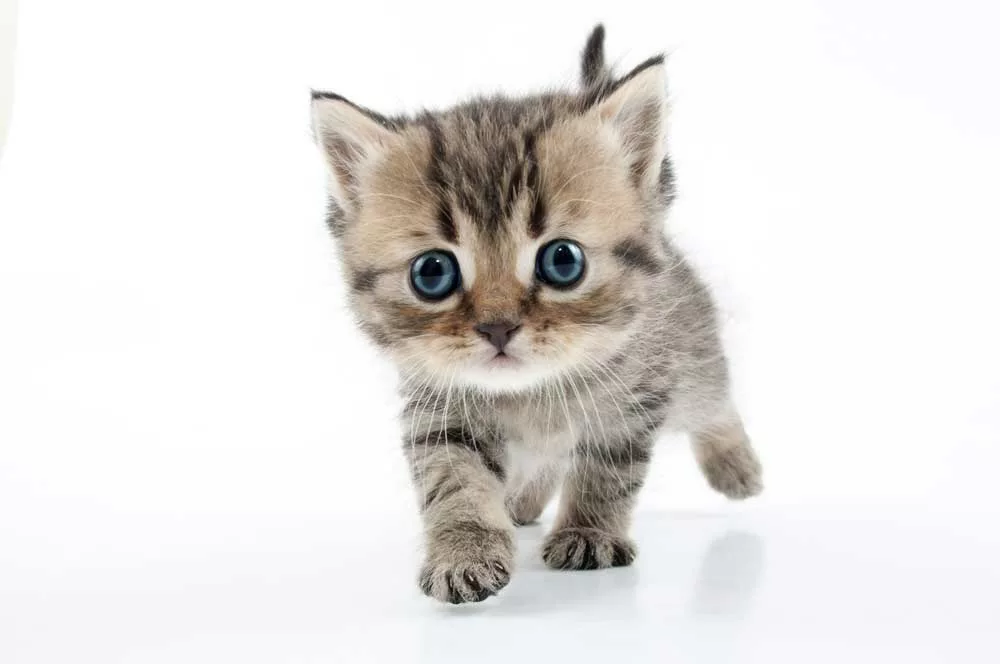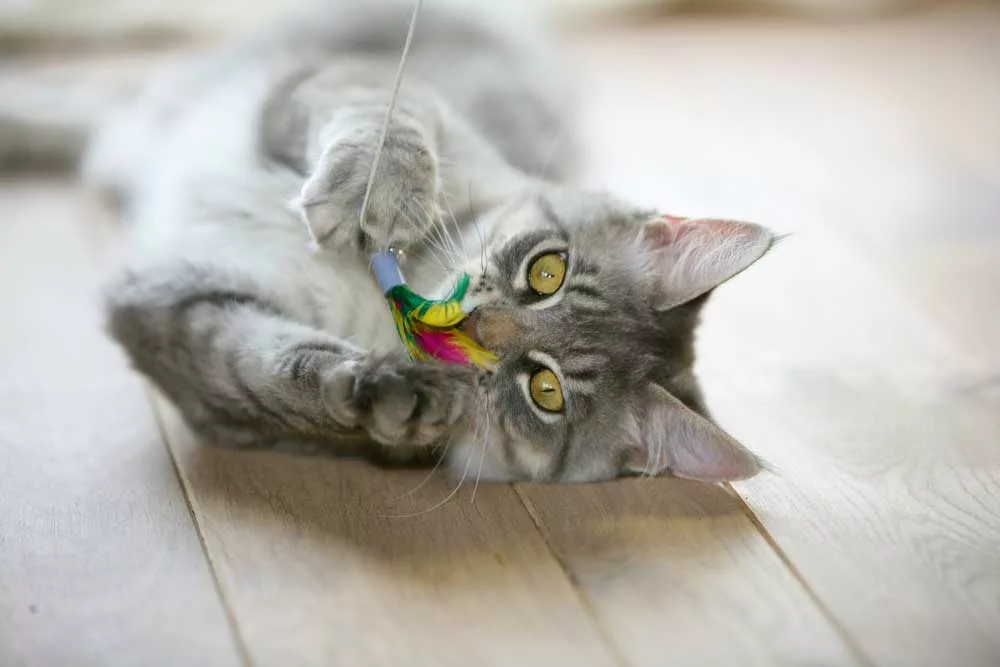About cat chasing tail, Cats have lots of odd habits. And cat chasing tail is one of the many behaviors. Cats also tend to communicate with their tail, and chasing their tail can’t be any different.
This article will discuss why cats chase their tails and if it’s normal behavior.
Table of Contents
- Why do cats chase their tails?
- Is tail chasing in cats normal behavior?
- When to be concerned about a cat chasing their tail
- Why do cats chase other cats’ tails?
- How do you stop a cat from chasing its tail?
- Conclusion
Why do cats chase their tails?
Even though it is amusing to see your cat chase its tail, there is a reason behind this behavior. Below are some of the reasons:
Cat Chases Tail: Entertainment
Usually, most cats, especially kittens, are playful. They love to play with moving objects, and their tails are the perfect example. Cats see their tail and think it’s
a toy they can play with.
That said, tail-chasing for entertainment is more prominent in kittens since they’re more energetic and flexible than older cats.

(A little cat)
Cat Chases Tail: To relieve Boredom or Stress.
Boredom and stress can make anyone do odd things, which is true for cats. And when cats get bored, they might begin to chase their tail.
Mostly, this applies to adult cats, who tend to lose their stimulation easily. Therefore, adult cat owners have to incorporate more activities for their cats. These activities will ensure your cat has something to do at all times to prevent boredom.

(A cat is playing)
Cat Chases Tail: To Relieve Pain
It is normal for cats to pay attention to areas causing them pain. They’ll do this by either biting, licking, or scratching the area. These actions help relieve pain in some areas, and chasing their tail might be a possible reason.

(happy cats playing with their tails.)
Cat Chases Tail: Fleas
Fleas love to attack cats at the base of their tails. So, what may seem like your cat trying to catch its tail, could be it trying to scratch itself.
Allergies
Environmental and food allergies present in cats. One common way is leaving your cat’s tail dry and itchy. Cats will try to reach their tails and scratch themselves. You can sometimes confuse this as a cat playing with its tail.
Infection
Infection is another issue that could cause your cat to become more interested in their tail. The anal glands, located right inside the rectum, are one of the many causes of infections. Sometimes they result from a secondary infection after a scrape or a tail injury.
Stud tail
Stud tail is also known as Supra-caudal gland infection. It’s an infection that affects male cats in good health. Stud tail is a condition caused by overactive sebaceous glands found at the base of their tails.
Usually, the sebaceous glands produce oils necessary to maintain the softness of your cat’s fur. That said, too much of these oils can result in a waxy buildup at the base of the tail, which results in irritating hair matting in cats.
In severe cases, the condition can lead to an infection. Its popular treatment methods are neutering the male cat and maintaining good cleanliness.

(two cats with their tails crossed)
To Practice Hunting
Cats are natural hunters, and they love chasing anything that moves. Their tails, which are fluffy and may quiver, might be too alluring to resist. So when you see cats chasing their tails, that’s probably the best practice for their hunting skills.
In particular, kittens love doing this to their mother’s or siblings’ tails.

(A cute kitten)
Is tail chasing in cats normal behavior?
A cat chasing its tail may be perfectly natural, depending on the circumstances. Tail chasing is common among playful or bored cats who have spent the day alone.
In addition, kittens are more likely to chase their tails than adult cats. However, cats who engage in tail-chasing as kittens are likely to continue doing so as adults.

(two cats wagging their tails)
When to be concerned about a cat chasing their tail
If tail-chasing is not normal behavior for your cat, then something is wrong. And this is most common in older cats. So, if your adult cat suddenly begins to chase its tail, it might be a sign of fleas, infections, injuries, or an allergy.
Also, a cat chasing its tail and biting it might cause worry. Tail-biting may cause a wound that may result in an infection in your cat.
Why do cats chase other cats’ tails?
Cats chasing other cats’ tails might be playful or out of aggression. Sometimes, these cats teach each other how to hunt.
Usually, it’s very easy to tell whether the cats are playing or fighting by looking at their body language. But cats chasing other cats’ tails out of aggression can cause damage. So it’s best to separate them immediately.

(cats playing)
How do you stop a cat from chasing its tail?
You could break your cat’s habit of chasing its tail by providing them with something else to do. For hands-on play with your cat, wand toys or toys on a string work nicely. A laser pointer might be more appropriate for playing from a distance.
For bored cats, an interactive toy will fulfill your cat’s urge to chase its tail without causing harm to its own body.
Also, this applies to cats that chase the tails of other cats. So avoid giving your cat toys that resemble snakes or cat tails to erase that idea from their minds.

(A cat playing with toys)
Conclusion
Cats chase their tails for various reasons, including play, exercise, and irritation. As a cat owner, it’s important to know your cat’s behaviors. Therefore, always be on the lookout for your cat.
